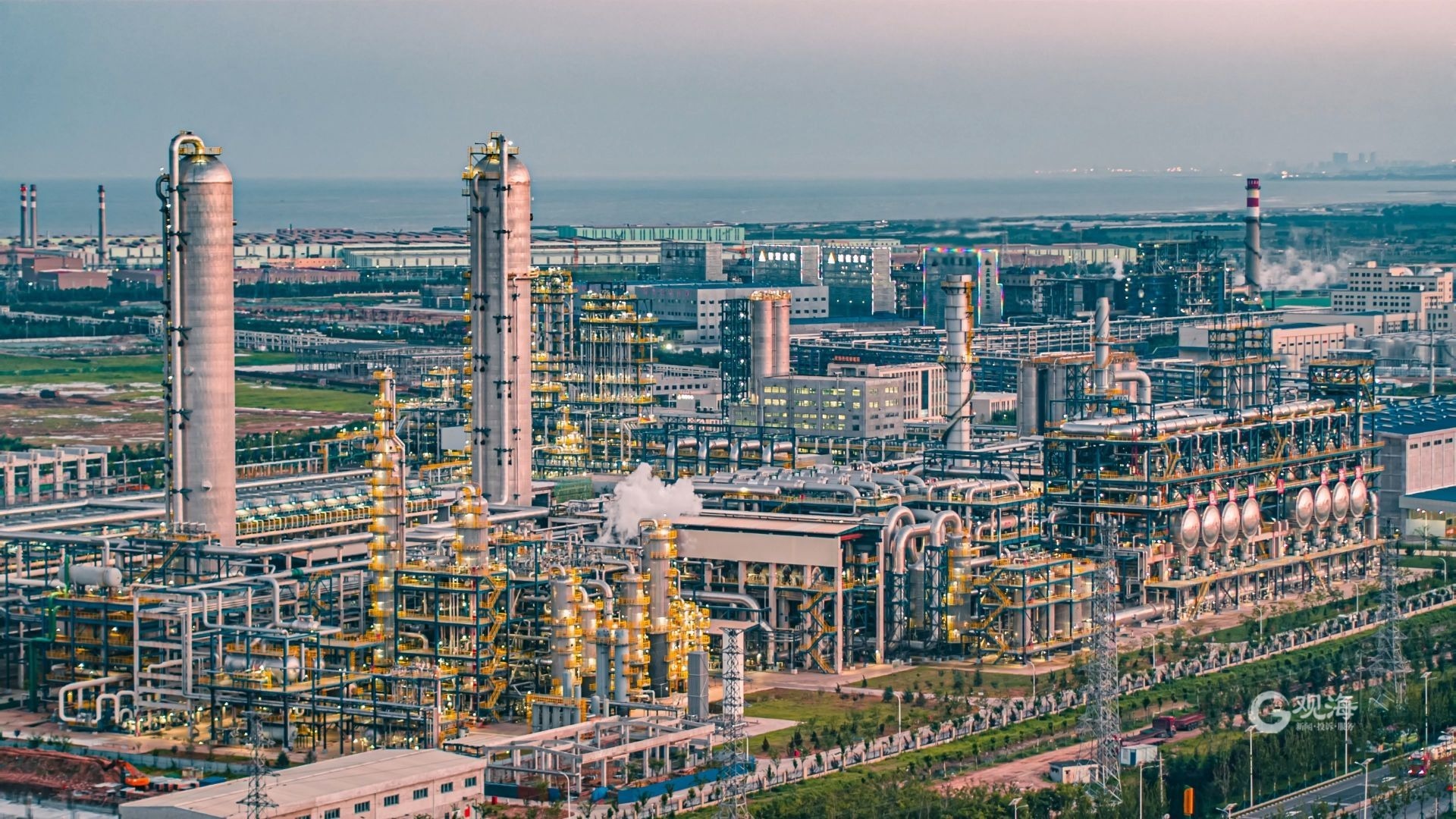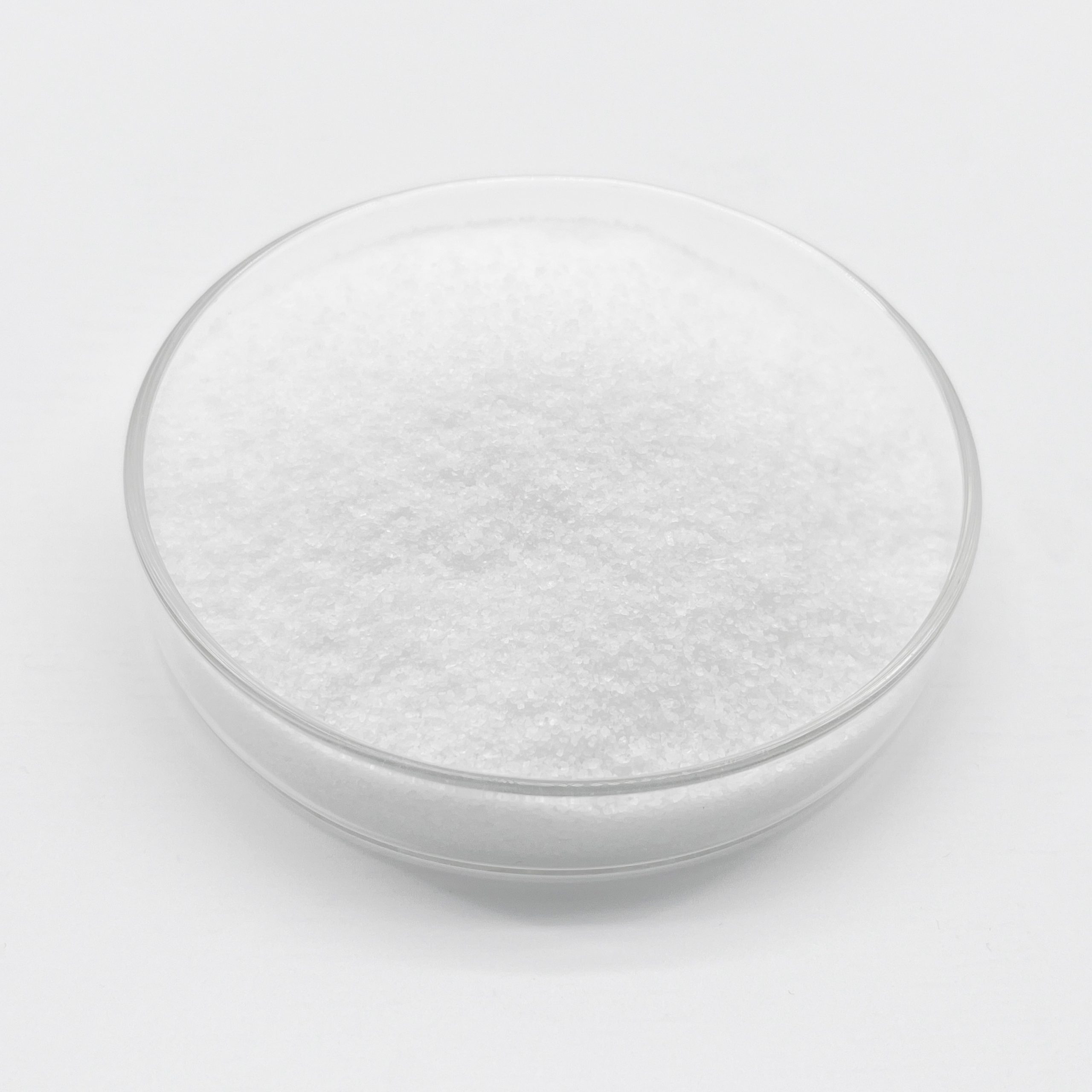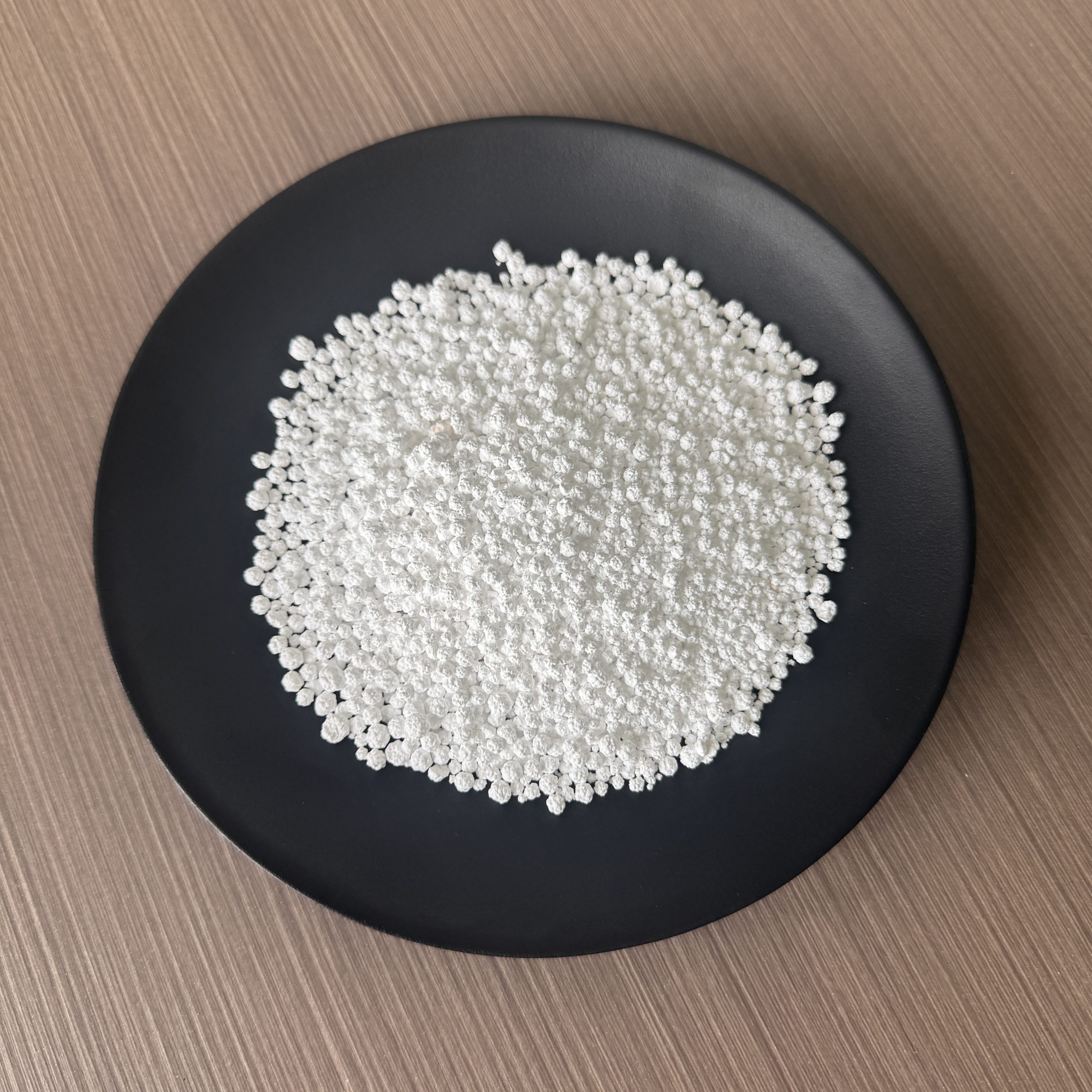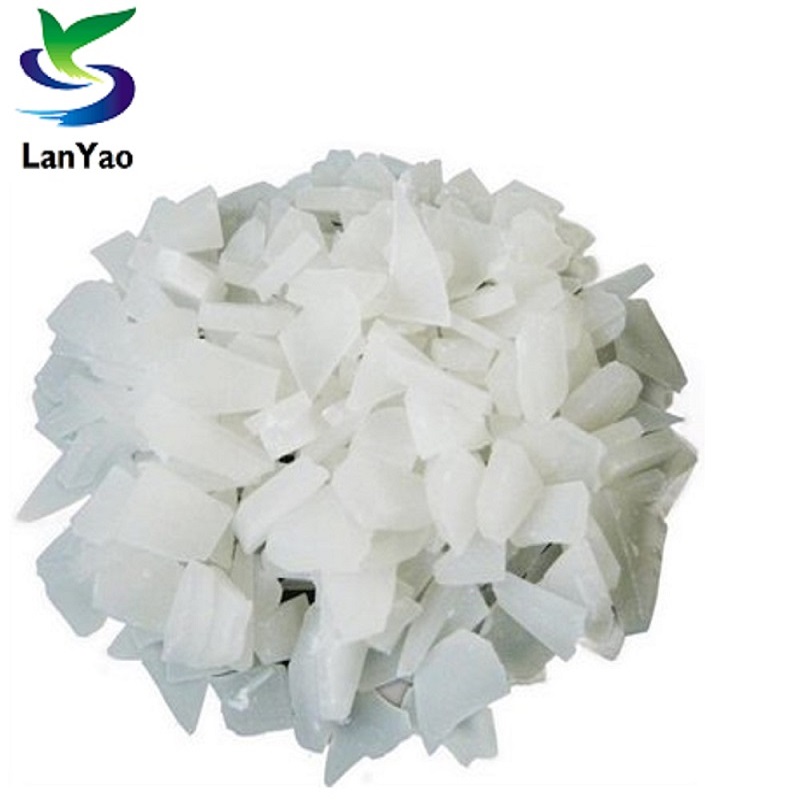As a representative water-soluble polymer, polyacrylamide (PAM) has become an indispensable “multi-industry assistant” in modern industrial processes, thanks to its unique chemical structure and versatile functionality. From wastewater treatment to oil extraction, from papermaking to healthcare, its expanding applications are driving efficiency and sustainability across sectors.
I. Core Player in Water Treatment
Polyacrylamide plays a pivotal role in water treatment, including raw water purification, sewage treatment, and industrial circulating water systems. By neutralizing charges and forming adsorption bridges, it rapidly aggregates suspended particles into dense flocs, significantly improving solid-liquid separation efficiency. For instance, in municipal wastewater treatment, PAM reduces coagulant usage by over 30% as a coagulant aid while accelerating sludge dewatering. This process lowers sludge moisture content from 98% to below 80%, drastically cutting downstream processing costs. Additionally, it mitigates equipment scaling and corrosion, extending the lifespan of cooling systems.
II. Boosting Efficiency in Oil Recovery
In the petroleum industry, PAM is a key material for enhancing oil recovery. Injecting its aqueous solution adjusts oil-water mobility ratios, improving displacement efficiency. In China’s tertiary oil recovery technologies, PAM has increased crude oil recovery rates by 10%–15%, particularly in low-permeability reservoirs. It also serves as a drilling fluid modifier, reducing friction and ensuring safer drilling operations.
III. Driving Green Transformation in Papermaking
The paper industry leverages PAM for eco-friendly innovation. As a retention and drainage aid, it boosts the retention rate of fine fibers and fillers by 20%–30%, minimizing raw material loss and wastewater pollution. Concurrently, paper tensile strength improves by over 15%, enabling cost-effective production.
IV. Breakthroughs in Healthcare and Cosmetics
In healthcare, PAM is used to manufacture hemostatic plugs, contact lenses, and medical materials, with its gel properties enabling controlled drug release. Recently, it has entered the cosmetics sector as a moisturizer and antioxidant. By forming a hydrating film, it delays skin aging and inhibits melanin production, emerging as a star ingredient in premium skincare products.
V. Cross-Industry Catalyst for Sustainable Growth
PAM’s versatility extends to agriculture as a soil conditioner to prevent erosion and enhance water retention, to food industries for sugar juice clarification, and to construction materials for improving cement adhesion and strength.
Future Prospects
Amid tightening environmental regulations and technological advancements, PAM’s potential in emerging fields like renewable energy and biomedicine is being unlocked. Chinese enterprises, such as Jiangsu Lanyao Water Treatment Co., Ltd. have launched over 100 customized products through scaled production and quality control, steering the industry toward precision and high-end development. As this “green molecule” continues to innovate, it promises to fuel global sustainable development with greater momentum.






